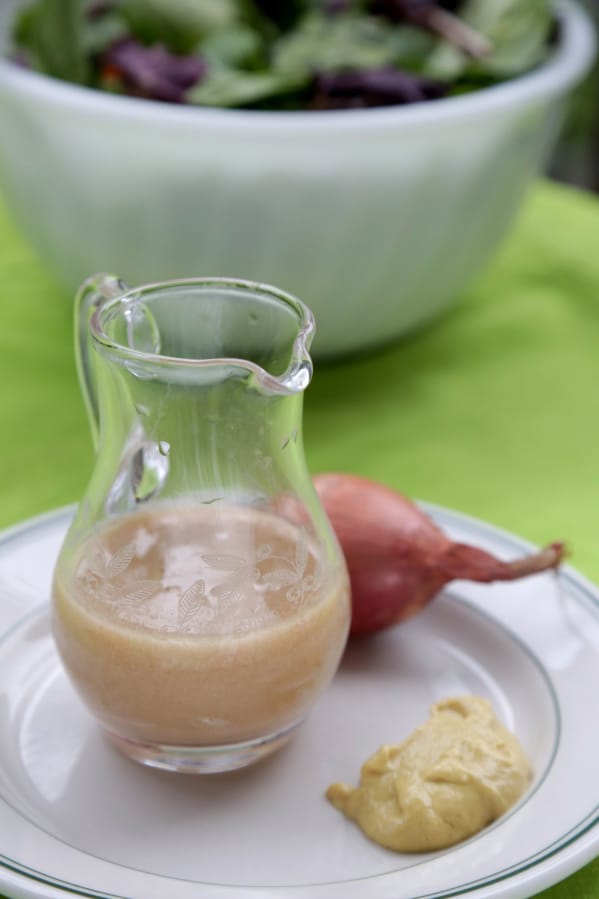A salad without dressing is just a pile of limp, uninspired lettuce.
It is the dressing that makes a salad sing. It brings the greens to life, it makes the produce productive. What was once mere vitamins and roughage and something that sticks to your teeth becomes, with the measured application of a dressing, a dish to praise and celebrate.
And it is all due to some oil and a little vinegar, and maybe yogurt or a splash of lemon juice.
Salad dressing is something you can make yourself; the possibilities are endless. Try adding a combination of different herbs to oil and vinegar, or go for a sweet dressing with honey and a bit of fruit.
Best of all, dressings are both fast and easy to make unless you make seven different dressings at one time. Then they take longer than you might think and are kind of a hassle.



